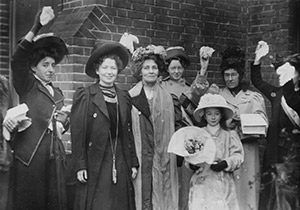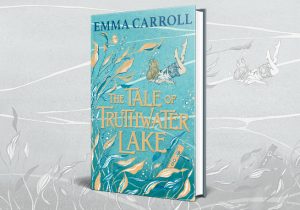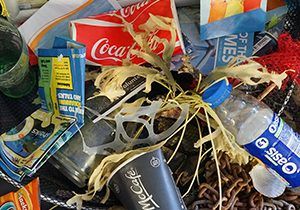
The invention of the camera primary resource
Learn about the different stages of development in camera technology
This primary resource explores the different stages in the invention of the camera and how we reached the modern day camera phones, in a fun comic book format. What happened to the very first photographs after a few seconds? What was the first material that the photographic image ‘fixed’ on? In what year was the camera flashbulb invented?
Pupils will learn about the key developments in the history of the camera — from the first chemicals used to capture a temporary image to the Hubble telescope — in our National Geographic Kids Design & Technology primary resource sheet.
The teaching resource can be used in study group tasks for discussing man-made inventions and problem-solving technology. It could be used as a printed handout for each pupil to review and annotate, or for display on the interactive whiteboard for class discussion.
Activity: Ask children to use the comic to make an illustrated timeline of the history of the camera. They could also include some of the world’s most famous photos and portraits, when they were taken, and which type of camera would have been used to taken them (i.e. plates, film, digital). Pupils could draw a diagram of their own camera design. Ask them to annotate their diagram, explaining the different functions and features: what it’s made of; how it would work; what conditions it can withstand, etc.
N.B. The following information for mapping the resource documents to the school curriculum is specifically tailored to the English National Curriculum and Scottish Curriculum for Excellence. We are currently working to bring specifically tailored curriculum resource links for our other territories; including South Africa, Australia and New Zealand. If you have any queries about our upcoming curriculum resource links, please email: schools@ngkids.co.uk
This primary resource assists with teaching the following Design and Technology Key stage 1 objectives from the National Curriculum:
- Generate, develop, model and communicate their ideas through talking, drawing, templates, mock-ups and, where appropriate, information and communication technology
Design and Technology Key stage 2 Design and Technology objectives from the National Curriculum:
- Generate, develop, model and communicate their ideas through discussion, annotated sketches, cross-sectional and exploded diagrams, prototypes, pattern pieces and computer-aided design
- Understand how key events and individuals in design and technology have shape the world
This primary resource assists with teaching the following Expressive Arts Early level objectives from the Scottish Curriculum for Excellence:
-
I have the freedom to discover and choose ways to create images and objects using a variety of materials
Expressive Arts First level objectives from the Scottish Curriculum for Excellence:
- Inspired by a range of stimuli, I can express and communicate my ideas, thoughts and feelings through activities within art and design
- I have the opportunity to choose and explore a range of media and technologies to create images and objects, discovering their effects and suitability for specific tasks
- I can create and present work using the visual elements of line, shape, form, colour, tone, pattern and texture
-
I can use exploration and imagination to solve design problems related to real-life situations
Expressive Arts Second level objectives from the Scottish Curriculum for Excellence:
- I can create and present work that shows developing skill in using the visual elements and concepts
-
Through observing and recording from my experiences across the curriculum, I can create images and objects which show my awareness and recognition of detail
Expressive Arts Third level objectives from the Scottish Curriculum for Excellence:
- I can use and combine the visual elements and concepts to convey ideas, thoughts and feelings in expressive and design work.
-
While working through a design process in response to a design brief, I can develop and communicate imaginative design solutions.
Expressive Arts Fourth level objectives from the Scottish Curriculum for Excellence:
- I can use my skills and creativity to generate original ideas in my expressive and design work
This primary resource assists with teaching the following Social Studies Second level objective from the Scottish Curriculum for Excellence:
- I can discuss why people and events from a particular time in the past were important, placing them within a historical sequence
This primary resource assists with teaching the following Technologies First level objective from the Scottish Curriculum for Excellence:
- I can explore the latest technologies and consider the ways in which they have developed
- I explore and discover engineering disciplines and can create solutions
Technologies Second level objective from the Scottish Curriculum for Excellence:
- I can investigate how product design and development have been influenced by changing lifestyles
Technologies Third level objective from the Scottish Curriculum for Excellence:
- I understand how scientific and technological developments have contributed to changes in everyday products
Download primary resource
More Like

International Women’s Day

THE TALE OF TRUTHWATER LAKE

Birds Bounce Back in the Amazing Azores!









LEAVE A COMMENT
THANK YOU
Your comment will be checked and approved shortly.
WELL DONE,
YOUR COMMENT
HAS BEEN ADDED!
COMMENTS
CUSTOMIZE YOUR AVATAR